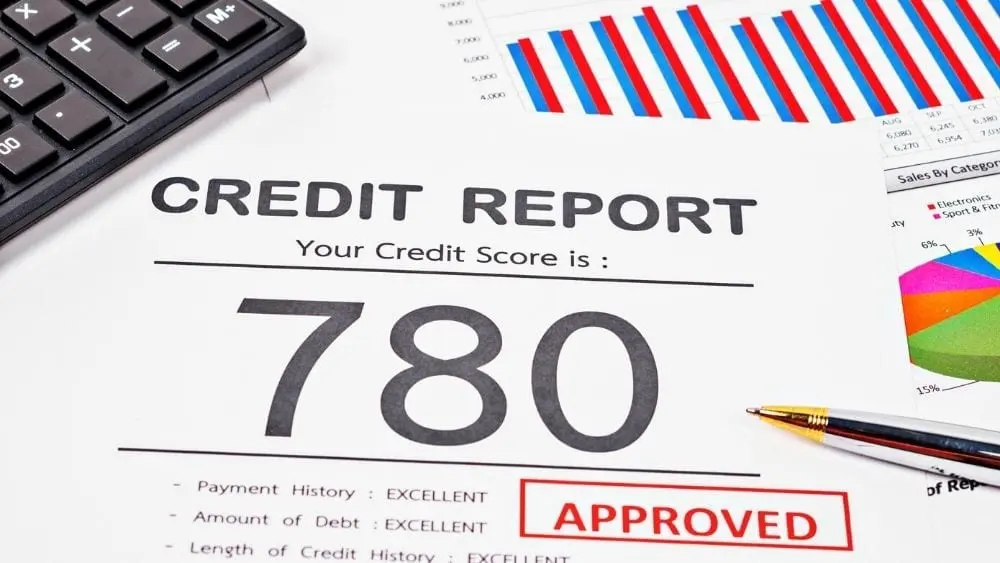
Before you apply for a mortgage, it’s important to know what’s in your credit report. Here’s how to check it for free.
If you are even thinking about buying a new home, you should check your credit report.
While the records kept by the three national credit repositories are not riddled with errors, a simple mistake in your file could mean the difference between obtaining the lowest possible mortgage rate — or not obtaining financing at all.
Credit reports are the holy grail of lending. They not only are a track record of your borrowing history but also a history of where you lived, lawsuits filed against you, arrests and bankruptcies.
While lenders also consider other attributes — such as how long you’ve been at your job and how much you earn — how you’ve handled credit in the past is a key predictor of whether you will make your new mortgage payment regularly and on time.
A recent study by the Federal Trade Commission found that one in four consumers found errors in their reports. About one in every 20 found miscues that could impact their scores by at least 25 points and one in 250 found inaccuracies that changed their scores by 100 points or more. These aren’t particularly harrowing percentages — unless you are one of the unfortunate consumers who find an error.
It could take weeks to get a mistake fixed or removed from your files, if you are successful at all. So, if you are in a home buying mode, review your report for errors at least three months prior to applying for a loan. That should give you enough time to correct most inaccuracies.
By law, you are allowed one free copy of your credit report each year from each of the three main credit bureaus — Equifax, TransUnion and Experian. You can request your reports at AnnualCreditReport.com, the one true place for a free report. Other sites offer “free” reports, but they also try to upgrade you into paying for monthly reports. At AnnualCreditReport.com, you won’t be hassled. And the reports you receive are the very same ones considered by lenders.
You’ll want reports from all three bureaus because not all lenders use the same one. Also, not all creditors — or “tradelines” — report to all three agencies. Your auto loan company may report to just one of the three, for example, while the furniture store where you have an account may report to one of the other two.
Consequently, you’ll need reports from all three to obtain a complete view of your history.
Once you have the reports, look for accounts that are not yours, accounts with inaccurate payment information, credit line limits that are listed as lower than what they really are and negative information that has outlived the allowed reporting times. Not all mistakes have an equal impact on your all-important credit score, but these are the ones that are the most damaging.
Under the Fair Credit Reporting Act (FCRA), the credit bureaus and the source of the information reported to the bureaus must investigate all disputed data. Each bureau has its own dispute resolution process in place — you can find them at each company’s website — but it is up to you to start the ball rolling, either online or by mail or phone.
As you begin the process, make sure you keep copies of all correspondence, write down the names and identifying number of every person with whom you speak, the day and time of the conversation and notes on what was said and agreed to. This information could come in handy later. Of course, be polite and succinct. Long-winded diatribes not only are unnecessary, they could have an adverse impact on decisions. Remember, no one wants to be harangued.
The FCRA requires credit reporting companies to investigate items in question and to respond no later than 45 days after the dispute has been filed. But the credit bureaus are charged with beginning the process by forwarding all relevant information back to the source of the dispute.
After the provider’s investigation is complete, the results are sent back to the bureau. If the information provider finds that its files are mistaken, it must notify all three bureaus so each one can make the necessary corrections.
If you disagree with the findings — say the credit provider maintains that its files are correct but you think not — you are allowed to submit for the file a statement of 100 words or less explaining the circumstances. That way, at least your side of the story will be part of the record, plus your statement will then be included with each future credit report.
Don’t expect negative items such as a bankruptcy or history of late payments to be removed. Only time can remove negative, but correct, information. A foreclosure, for example, will remain on your record and is part of your credit score for seven years and then should drop off. Unpaid judgments can be reported for seven years or until the statute of limitation runs out, whichever is longer, while bankruptcies are part of your report for a decade.
Beware of credit repair outfits that promise a quick fix. They can’t do any more for you than you can do yourself — and you can do it for free. Besides, that quick fix they promise is usually an illusion.
When a dispute is filed, it is removed from the record until it is resolved, one way or the other. So even if something is true, shady credit repair firms contest the information so it is not considered. But it comes right back on to your report once the creditor finishes its investigation, so you’ve accomplished nothing. And you’re usually out a handsome amount of money, to boot.
You can spot a questionable credit repair company because they typically ask for their fees in advance, before any “service” has been delivered. Asking for upfront fees is prohibited by the Credit Repair Organization Act.
Whether you need to fix a few things or are ready to move ahead immediately, knowing what’s contained in your credit reports will make you better equipped to start the home buying process.

Lew Sichelman is a nationally syndicated housing and real estate columnist. He has covered the real estate beat for more than 50 years.
 American Colonial
American Colonial